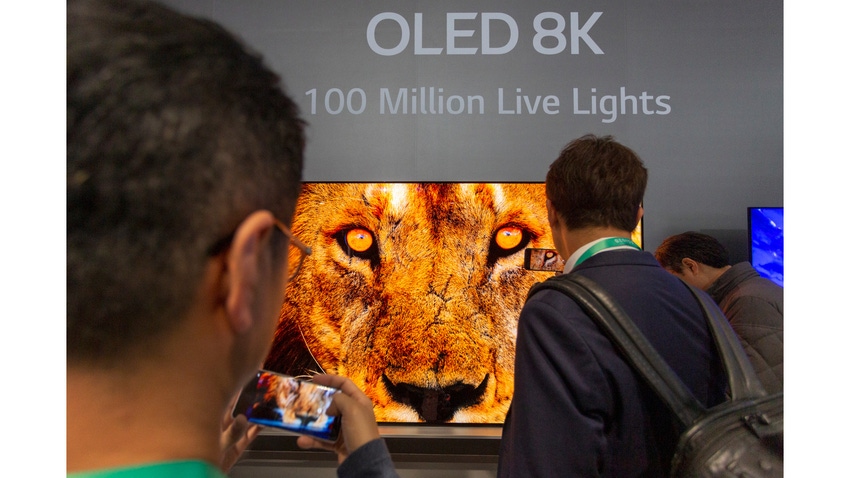Video: How Do OLED Displays Work?
Displays that incorporate organic-light-emitting diode (OLED) technology outperform those using light-emitting-diode (LED) technology. This video explains why.

OLED technology is now standard in many smart phone displays and increasingly in TV screens. OLED screens are now supplanting LED screens, which have long been used in consumer electronics. LED displays are based on IPS LCD (liquid crystal display) technology. The problem with LED displays, according to this Lesics video, is that color reproduction is not always accurate, due to the presence of a power-hungary backlight that is always on. While the ideal solution would be using individually controllable light sources for each pixel, the manufacturing process for these displays makes that difficult because of surface irregularities with the display’s layers.
Compared to LED, OLED technology provides greater control of individual pixels. Organic LED particles can be fabricated as small as 0.6 micrometers in size. Electrons can be easily added and subtracted from individual layers. The enhanced ability to dope individual emissive layers provides greater flexibility in color rendition. This in turn enables OLED displays to display more vibrant colors than LED displays.
For more details, view the video here.
About the Author(s)
You May Also Like



.jpg?width=300&auto=webp&quality=80&disable=upscale)

